Early Studies
Around the turn of the nineteenth century, as people outside the South Pacific learned of Fiji’s existence, travelers collected word lists much like the the one on the previous blog post.
These word collectors had various motives. One was connected with trade: to help sandalwood traders communicate with the Fijians. But another was scientific: to prove or disprove that Fijian was indeed a member of the Malayo-Polynesian family. This was the intent of one philologically curious visitor, John Davies.

Davies, a member of the London Missionary Society, was fleeing Tahiti because of a revolt of the unconverted. En route to New South Wales via Fiji, he was on board the Hibernia when it was damaged on a reef near the island of Vanua Levu in late 1809. During the month and a half it took to repair the ship, he made notes on the customs and language of the Fijians.
Curiously, Davies decided that the language spoken there was not related to Tahitian (which he already knew), and he presented a small set of words to prove his hypothesis. However, if he had chosen common words like those on the previous page, Fijian and Tahitian would have looked very similar indeed.
Davies collected Fijian words out of intellectual curiosity. But there was a more practical reason for the more comprehensive study of the language soon to come: converting the Fijians to Christianity.
The Fiji Mission
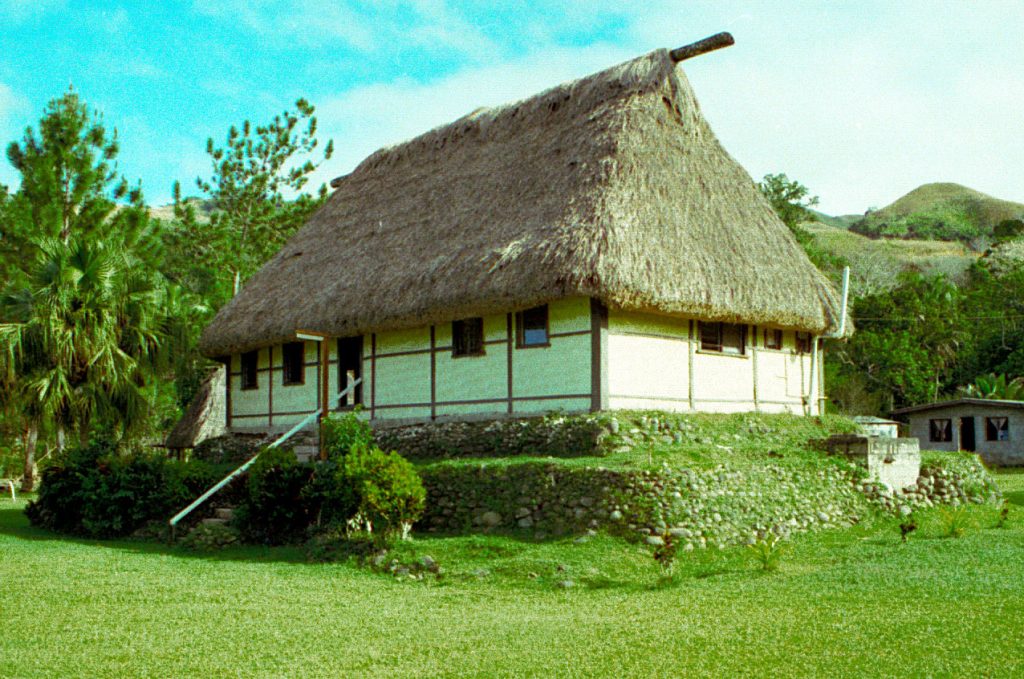
Although mission activity in the Pacific began near the end of the eighteenth century and came as close to Fiji as nearby Tonga, it did not reach Fiji itself for several decades. But eventually, Fiji caught the interest of the London Missionary Society, who sent two Tahitian teachers there. They arrived in 1830 and worked there until their deaths in 1846. In spite of their long stay, it was reported that they had made little progress, even in speaking the language. Nor were they trained to develop an alphabet and write a grammar and a dictionary.
At the Tonga Mission’s District Meeting in December 1834, it was pointed out that in spite of the small number of missionaries serving there, some should be appointed to Fiji and Samoa. (Reports from ship captains said that Samoans asked the crew, as soon as they boarded a ship, if they had brought any missionaries from Tonga.)
One missionary present at the meeting volunteered for Samoa; another, William Cross, consented to go to Fiji if someone would accompany him. David Cargill was not present, for he was ministering to his wife, who was ill and about to give birth. In his absence, the other missionaries offered his services.
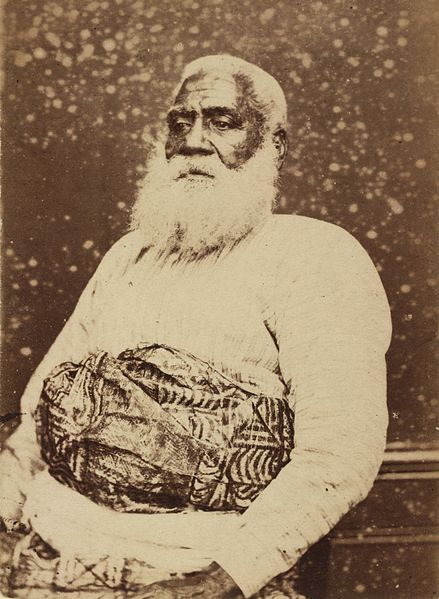
Cargill could not help being wary of his mission: “I feel considerable exercise of mind with regards to Fiji,” he wrote in his Journal. “I do not regret that I am appointed to labour among the people of those islands, but I fear lest they should not receive our message.”
Cargill and Cross, stationed on Vava‘u in the north of Tonga, spent the next eight months awaiting passage to Fiji. But they were not idle. Working with Fijians living on Vava‘u (for there was much trading and intermarriage between the Tongans and the Fijians of the eastern, or Lau, group), they came up with a tentative writing system, based in part on the Tongan alphabet. In March 1835, the Mission Press in Tonga printed the first booklet in Fijian—a four-page primer and catechism, the first page of which is reproduced on the next page.
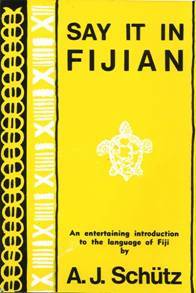
Phrasebooks
Those interested in further studies of Fijian will find Albert Schutz’s Say It In Fijian (Pacific Publications, Sydney, 1979) an excellent introduction to the language. The book is available in Fiji. Likewise, Schutz’s Spoken Fijian (University Press of Hawaii, Honolulu, 1979) is a good primer for more advanced studies. My experience in Fiji has been that even the most minimal attempt at learning a few words or phrases will be amply rewarded with kindness and a greater respect for the visitor.
About the Author
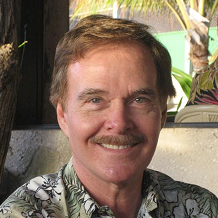 Al grew up on a farm in northern Indiana, received a B.Sc. from Purdue University in English, Speech, and Mathematics, and did graduate work at the University of Michigan, University of London, and Cornell University, where he received a Ph.D. in 1962 and became a faculty member. His interest in the Pacific and in the history of Pacific linguistics was kindled by research and teaching in Hawai’i and Fiji in 1960-61. Since that time, he worked in Pacific collections in Fiji, New Zealand, Australia, England, Germany, Norway, and the U.S. mainland, always on the general topic of the history of Pacific linguistic research, but also narrowing the focus to specific languages such as Fijian, Maori, and Hawaiian. Al passed away in 2020 and will be missed.
Al grew up on a farm in northern Indiana, received a B.Sc. from Purdue University in English, Speech, and Mathematics, and did graduate work at the University of Michigan, University of London, and Cornell University, where he received a Ph.D. in 1962 and became a faculty member. His interest in the Pacific and in the history of Pacific linguistics was kindled by research and teaching in Hawai’i and Fiji in 1960-61. Since that time, he worked in Pacific collections in Fiji, New Zealand, Australia, England, Germany, Norway, and the U.S. mainland, always on the general topic of the history of Pacific linguistic research, but also narrowing the focus to specific languages such as Fijian, Maori, and Hawaiian. Al passed away in 2020 and will be missed.
©2022 Dr. Albert J. Schütz




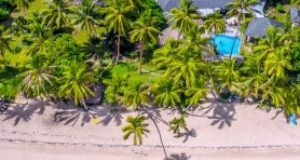
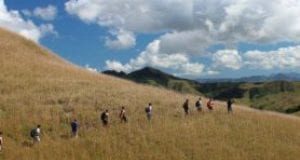
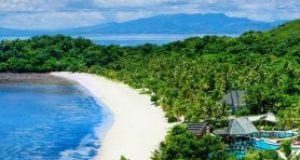

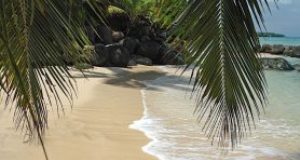
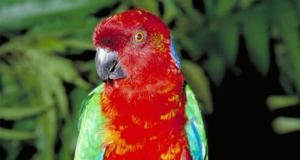
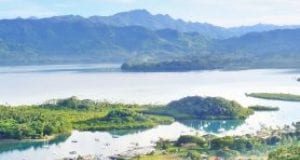

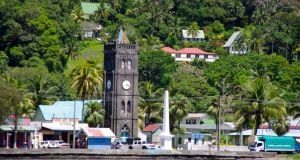
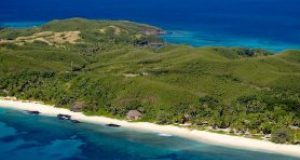


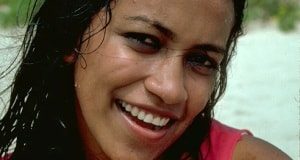


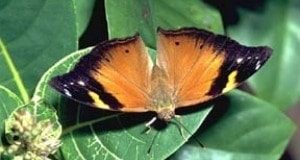



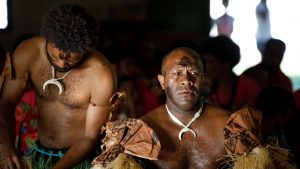
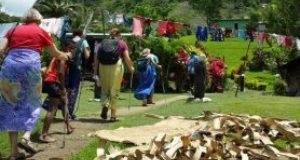

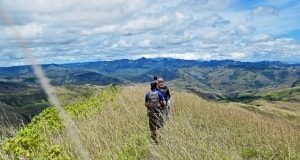
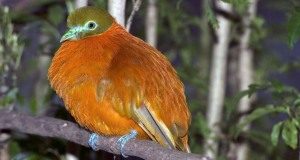

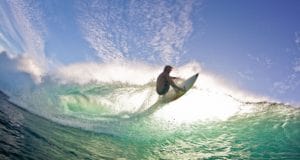
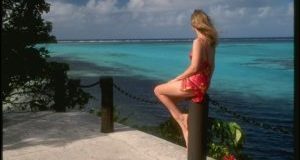





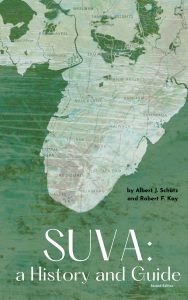
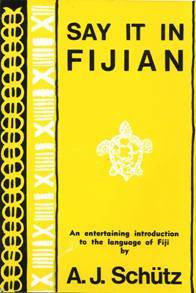
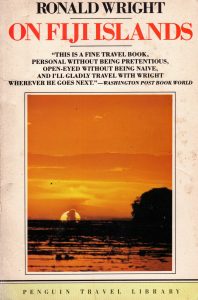
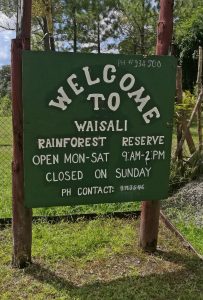
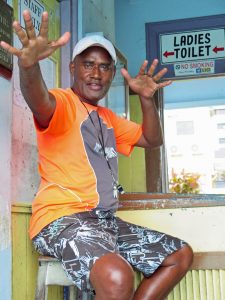
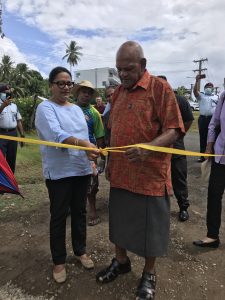


Leave a reply